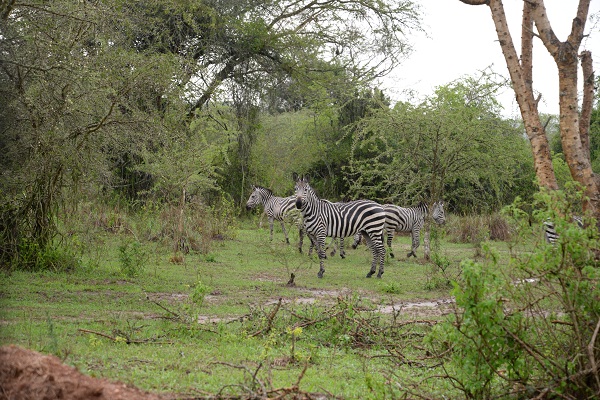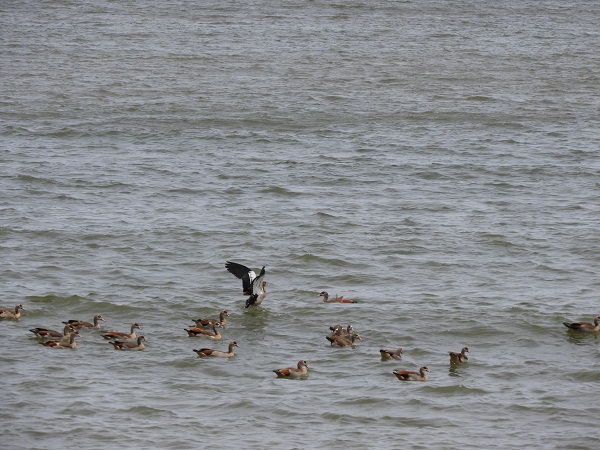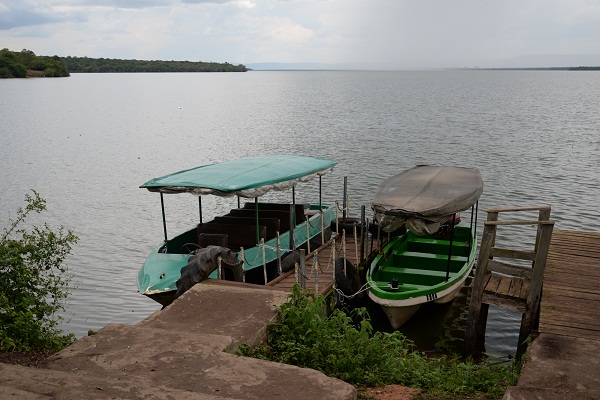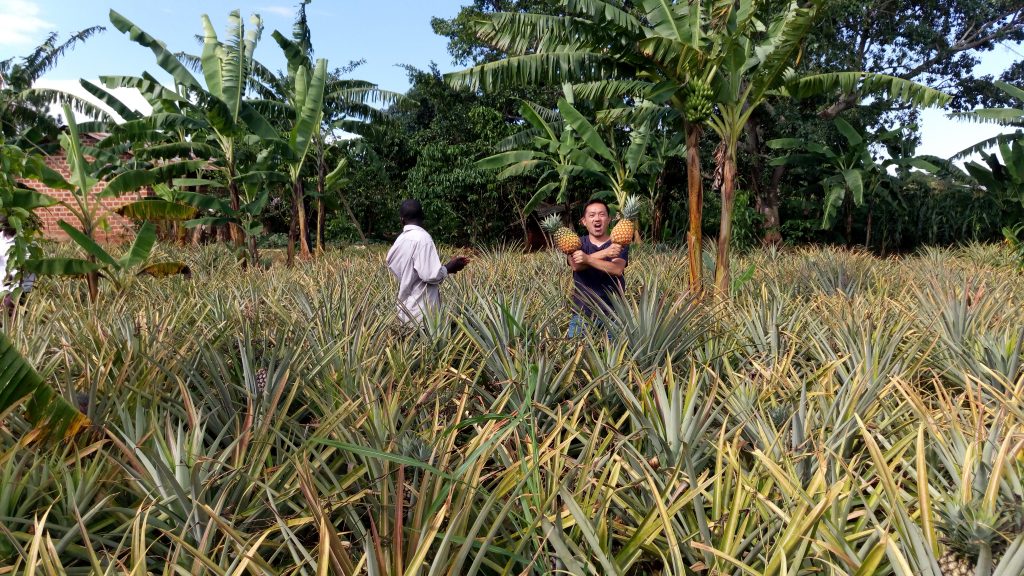Lake Mburo is only 370 square km and is the smallest of Uganda’s savannah national Parks located in Kiruhura district in Western Uganda. Its mosaic habitat, dry hillside, bushes, thickets, open and wooded savannahs, forests lakes and swamps are home to numerous of wildlife. It offers a splendid opportunity for bird watching as there are over 315 species of birds recorded in Rubanga forest, 5 of which are forest specialists. The common species are the Hawk; Green pigeon, Narinastrogn and Double Toothed Barbet .It also has about 68 species of mammals like Zebra, Buffaloes, Topi, Elands and the Leopard.
At the centre of the Park is Lake Mburo , which together with 14 other lakes in the area form part of a wetland system. This system is linked by a swamp 50 km long, fed by the Ruizi river on the western side. Five lakes, of which the largest is Lake Mburo , occur within the Park’s boundary. Almost a fifth of the Park’s area consists of wetlands – both seasonally flooded and permanent swamps. The various types of swamps are home to a wide variety of wetland birds, and the shy, rare sitatunga antelope. It is delightful to take a boat out and experience the lake’s wildlife and beautiful views.
Key Attractions Lake Mburo National park

Game Drives
The network of game tracks in the east of the park passes a variety of landscape features; acacia woodland, wetlands, grassy hillsides, rock outcrops and seasonally flooded valley floors. Early morning and late afternoon are the best times to roam the park in search of wildlife. An alternative view of the park, hopefully including sightings of animals rarely seen during the day, and can be seen clearly during the night is another story telling experience.

Horseback Safaris
This is an exciting way to view wildlife, including eland and buffalo. Also commonly sighted are warthog, topi, impala, duiker, bushbuck, waterbuck and zebra. The four-hour hacks will take you up to hilltop viewpoints with the option of bush breakfasts or sundowners.

Walking Safaris
Forest walk in Rubanga Forest: This forest offer a diversity of supportive habitat for birds therefore a very eye-catching place for bird watchers with over 40 bird species recorded. At Rwonyo, a guided walk leads to a salt lick where many animals are attracted to the salty rocks.
Hikes through the woodland also provide an opportunity to sight forest birds and mammals. Walk to the top of the hill rewards visitors with a view of 9 of the regions 14 lakes.

Boat Cruise
Lake Mburo is well-to-do with a variety of animal and plant species which can only be seen clearly if you take a boat trip. The Hippopotamuses, crocodiles and birds like Pelicans, Heron, Fish Eagle, Black Crake, and Cormorant can also be sighted here.

Birding
Lake Mburo NP contains about 312 bird species including White-winged warbler, the rare Shoebill stork, Crested Francolin, Brown parrot, Red-necked Spur, Common quails, Emerald-spooted wood, African grey hornbill, Nubian wood pecker, Trilling Cisticola, Coqui Francolin, Southern red bishop and so much more. The best birding spots in the park include the swampy valleys of Warukiri and Miriti, and the roadsides between Rwonyo camp and the jetty. There are viewing platforms at the salt lick, in Miriti Valley, and in Rubanga Forest.

Sport Fishing
Species of fish are found on Lake Mburo include lung fish, Tilapia and mud fish. Tourists can get a chance to catch fish using hooks. The designated fishing spot is at Mazinga. If you intend to fish, you are requested to obtain a fishing permit from Uganda wildlife Authority.





